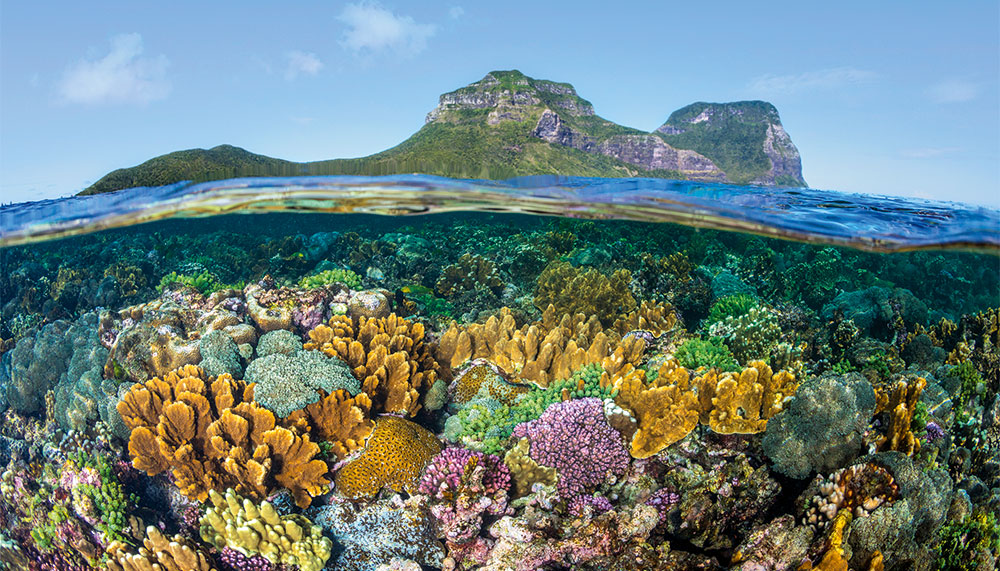After 100 years, have rats finally been removed from World Heritage-listed Lord Howe Island, NSW?
Story Anabel Dean Photo Jordan Robins
It’s taken a century to get rid of them, but the largest rodent eradication project ever attempted on an inhabited island seems to have been successful. The last rat seen alive on Lord Howe was thought to have been flushed out by a detection dog in 2019, at the end of a $16 million program, but then there was another unwelcome sighting in April 2021, and teams of experts with dogs (flown in from mainland NSW and New Zealand) later caught and killed nearly 100 rats. Although eradication has not been officially declared, the efforts received a national Froggatt Award in March this year from the Invasive Species Council.
Thanks to the destruction of the rats, which ate the eggs and some chicks, the Lord Howe Island woodhen has prospered, numbering about 770 at last count, and the whole web of life blooms with vibrancy. There are more lizards, geckos, snails, beetles, crickets and bees. The smallest land bird on the island, the Lord Howe Island silvereye, has flourished, along with the black-winged petrel and the larger endemic subspecies of the pied currawong of eastern Australia.
There are also more seeds and fruit on some of the 240 species of indigenous plants (roughly half of which are found nowhere else in the world).
This story excerpt is from Issue #143
Outback Magazine: June/July 2022










